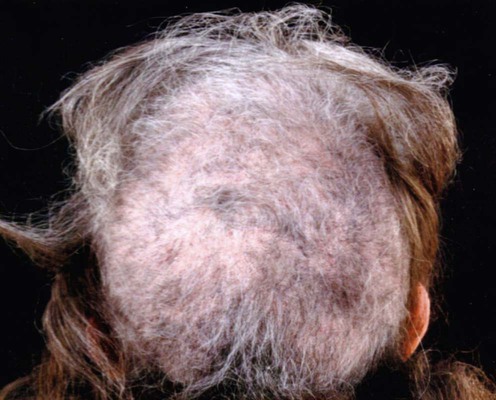Trichotillomania

 Recurrent pulling out of one’s own hair resulting in hair loss
Recurrent pulling out of one’s own hair resulting in hair loss
 An increasing sense of tension immediately before pulling out the hair or when attempting to resist this behaviour
An increasing sense of tension immediately before pulling out the hair or when attempting to resist this behaviour
 Pleasure, gratification or relief when pulling out the hair
Pleasure, gratification or relief when pulling out the hair
 The disturbance is not better accounted for by another mental disorder
The disturbance is not better accounted for by another mental disorder
 The disturbance provokes clinically marked distress and/or impairment in occupational, social, or other areas of functioning.
The disturbance provokes clinically marked distress and/or impairment in occupational, social, or other areas of functioning.
Stay updated, free articles. Join our Telegram channel

Full access? Get Clinical Tree


